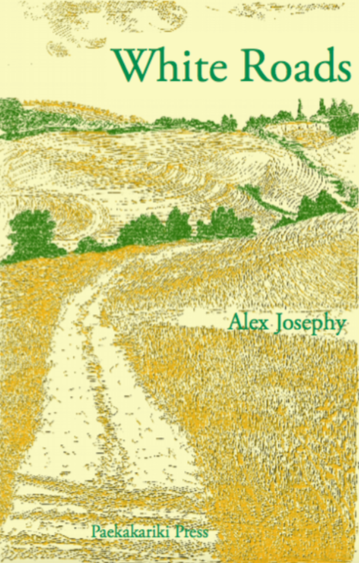
White roads, strade bianche, are everywhere in the part of Italy where I live, and I love to walk on them. They don't always join up like 'normal' roads. Sometimes they just lead to a forgotten shed, or the edge of a wood, or an eroded crevice, and then stop. They are a network of fine detail. In summer, white dust gets into the corners of my life, rather like sand after a visit to the beach. It redecorates my shoes, lines pockets. It creeps into poems too. So my new collection is named in honour of them.
I'll be reading some of the White Roads poems at the Poetry Café,
Betterton Street, London,
on Wednesday 18th July from 7.30 free entry
alongside two fabulous poets Rebecca Bilkau and Susan Castillo
I hope you'll come along for a free glass of wine and an evening of poetry.
Strade Bianche
They call them the white ways,
half-made roads unmarked on the map
or shown as hollow parallels that bound
across hills, falter to a trail of dots
beside a bare torrent-bed,
white-goods dump or ruined farm.
Everything in the reach of a white road
is white: trees, bushes, grasses wilt
under the weight of white. Wild boar
twitch with dust as they skulk
into the undergrowth. The air
is smoke, long after the tractor.
And dogs. Out of sight. I sense them,
wakeful, chained in midday heat,
passing the news of every traveller,
fortissimo. Signs on the track
define territory, quicken my steps:
a half-gnawed bone, towers of turds;
to walk the white road is to squint
over my shoulder, glance ahead,
to notice fine tracery, cloven tracks
around a hot spring. Mud sprayed milky,
not yet dry. Heart high as summer cloud,
white on white, I’ll follow.
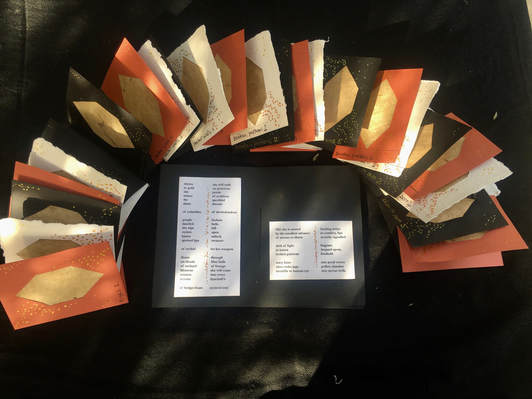
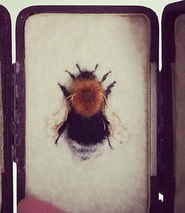
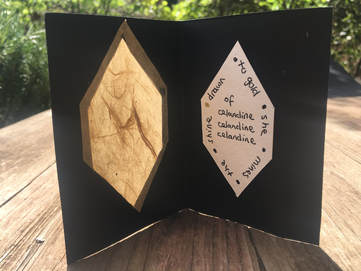
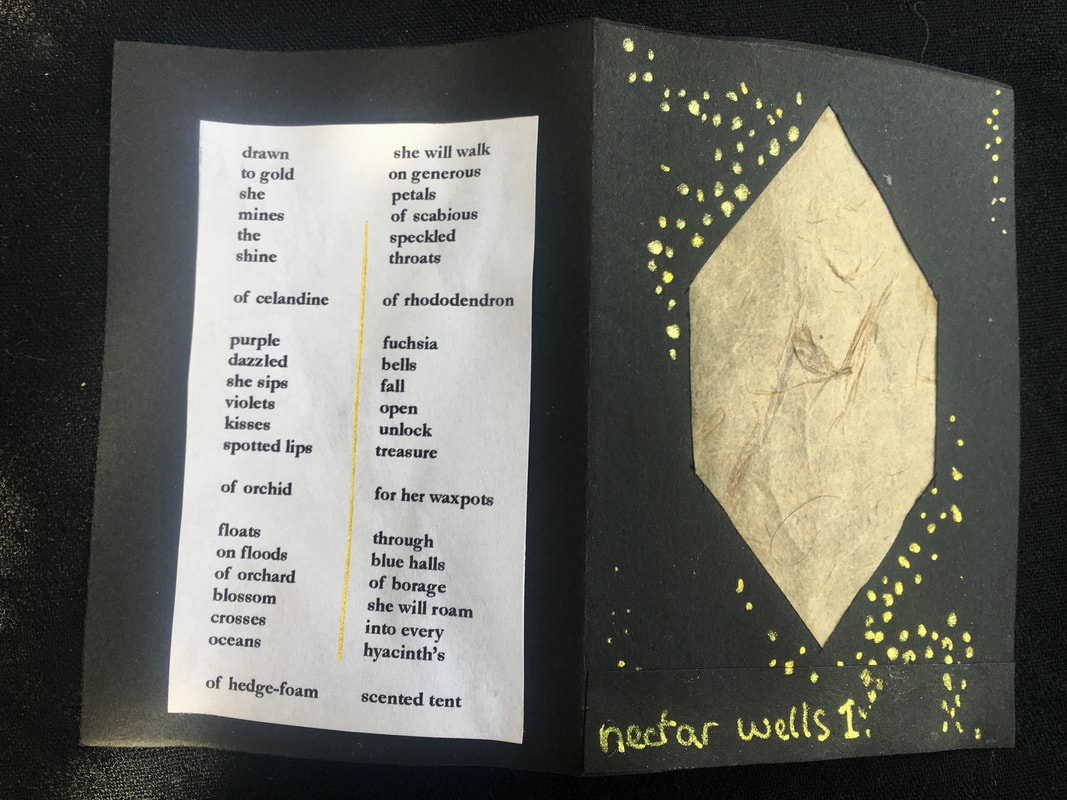
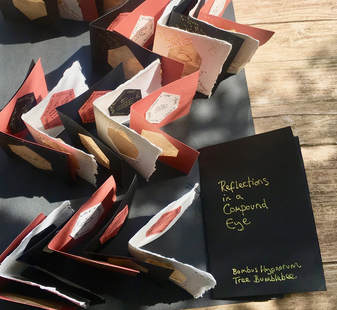
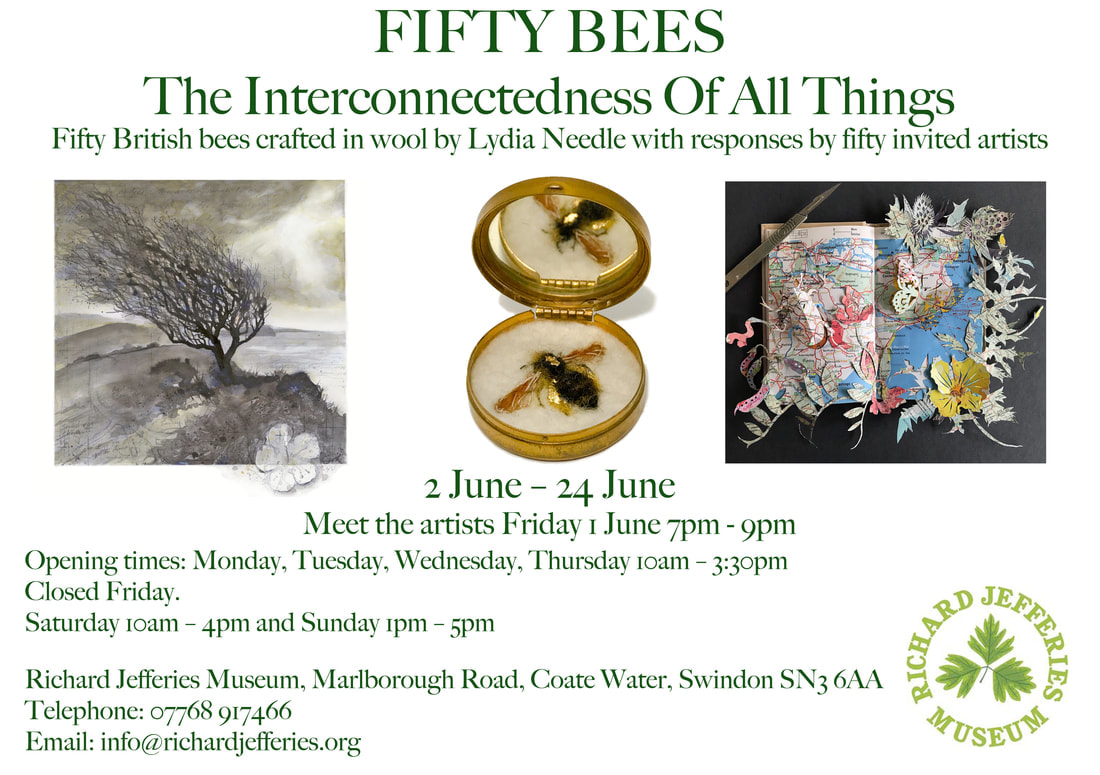
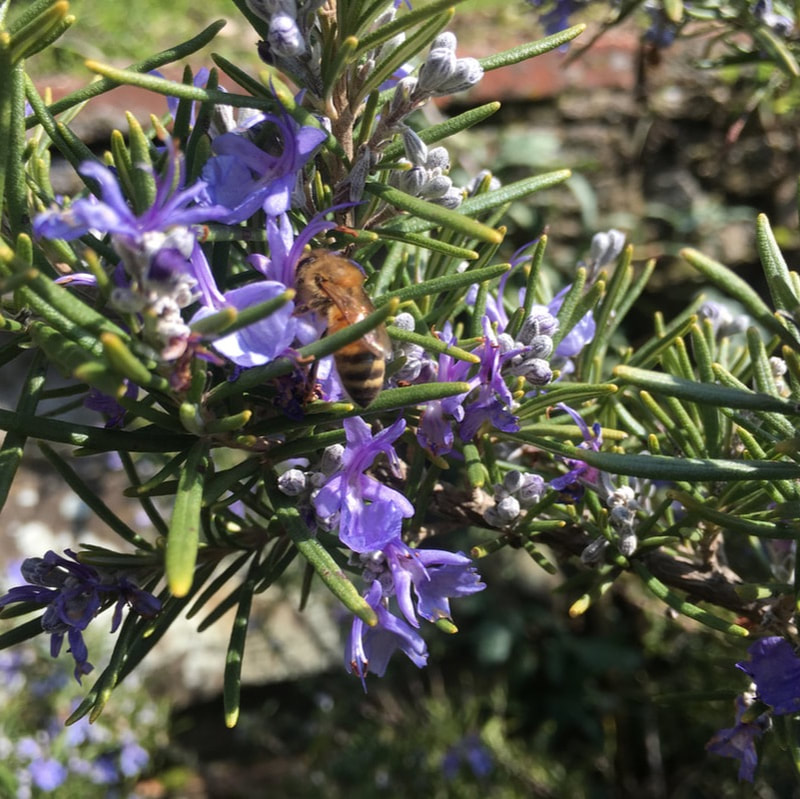
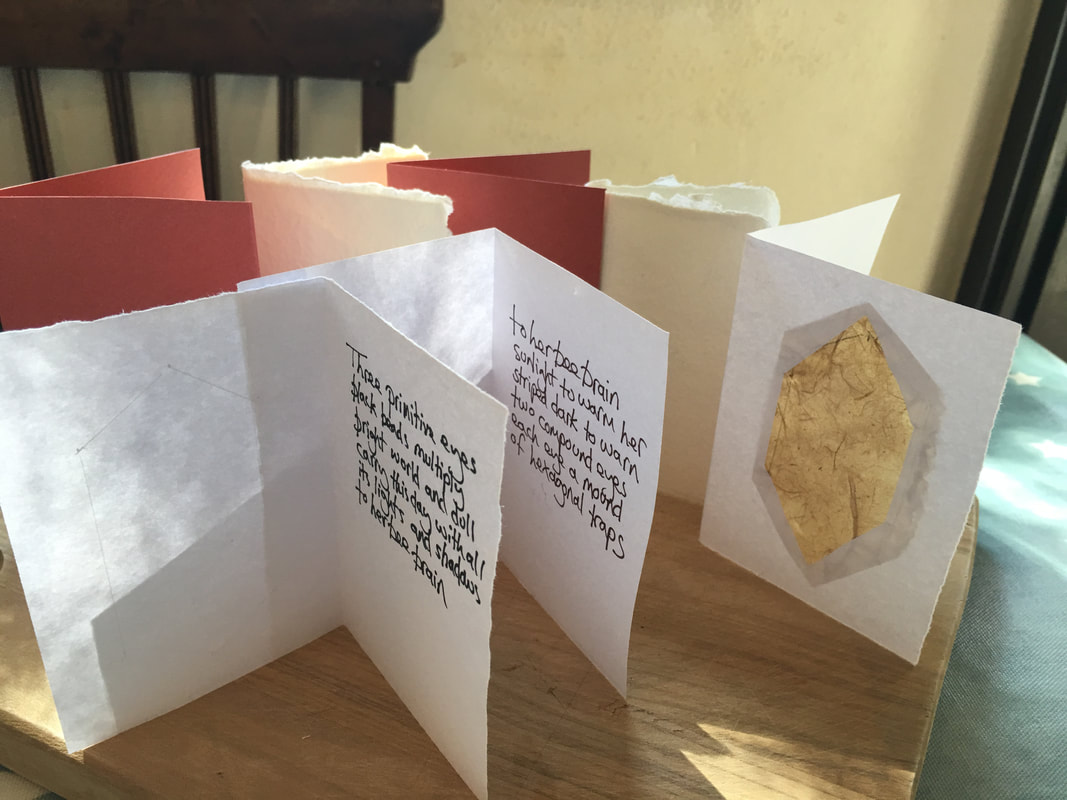
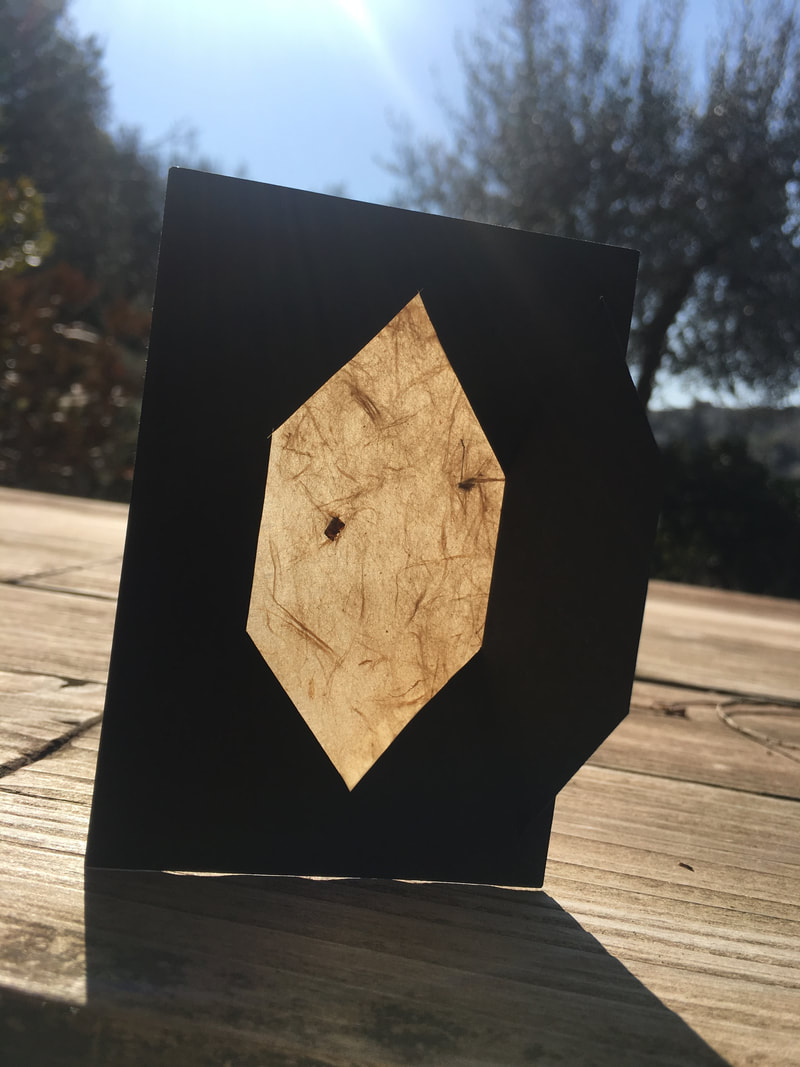
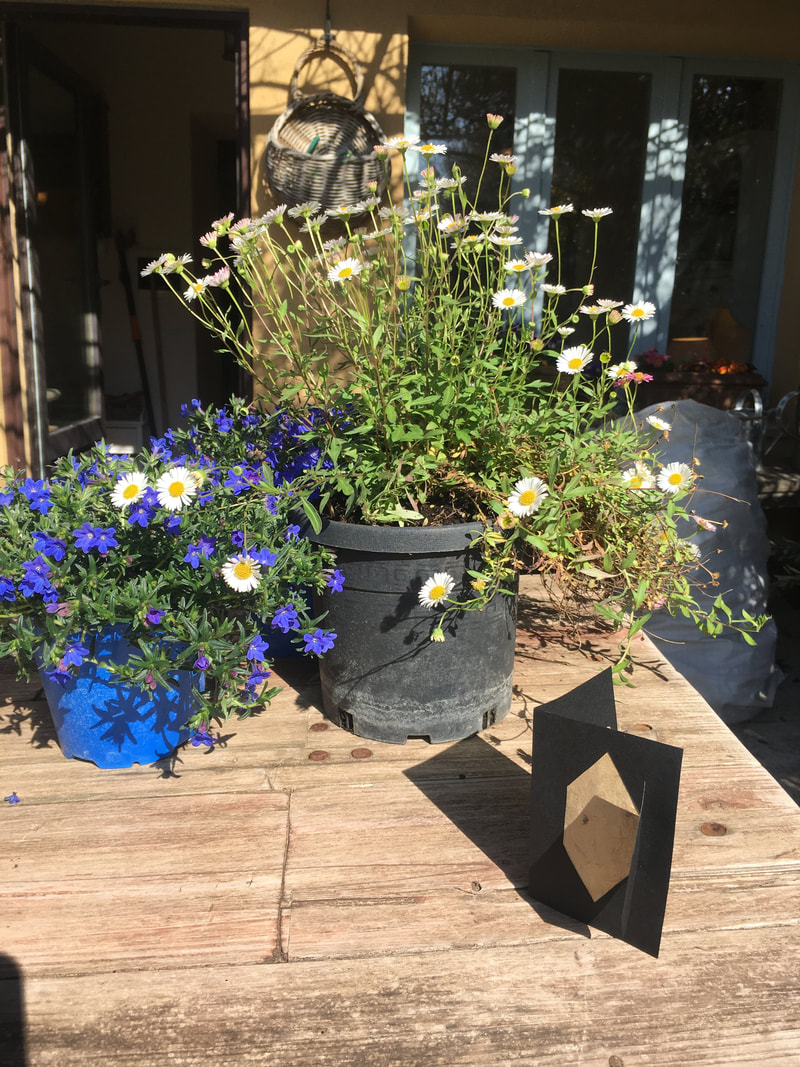
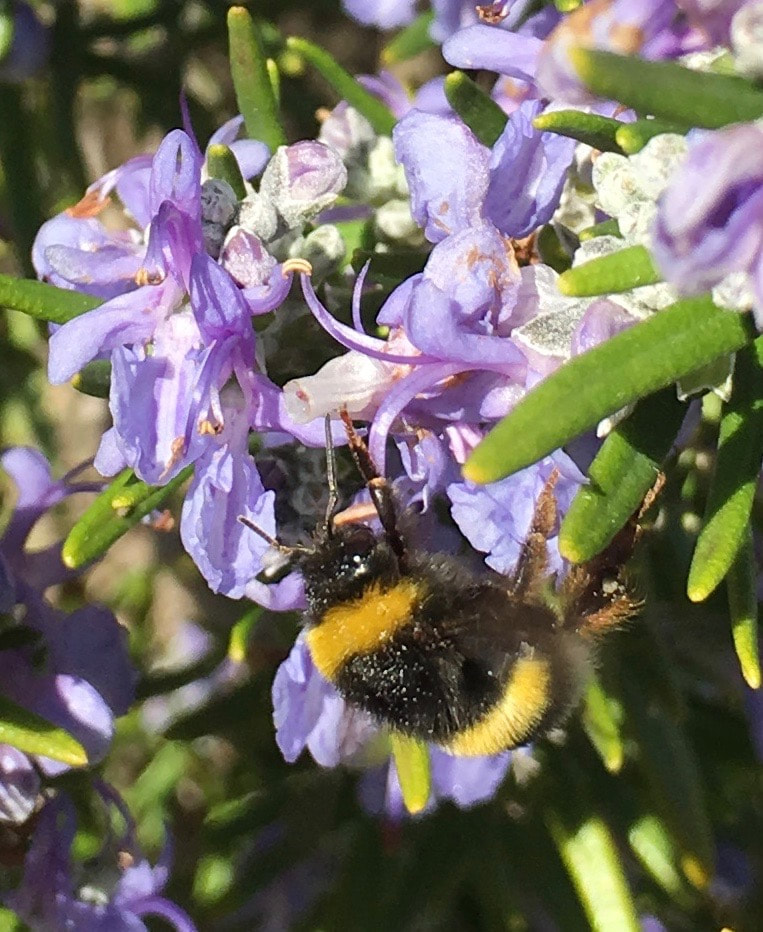
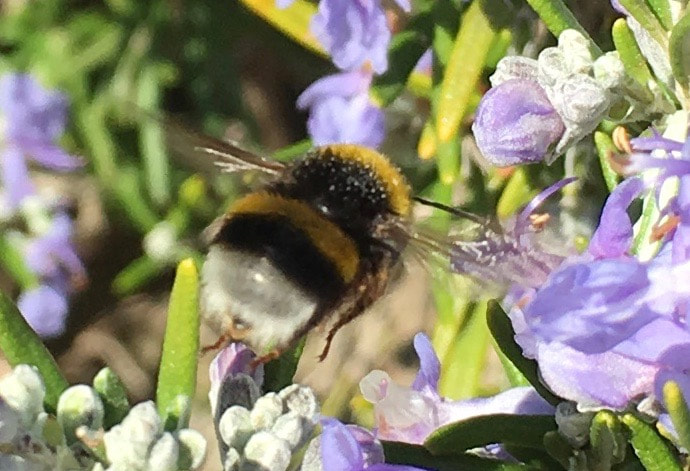
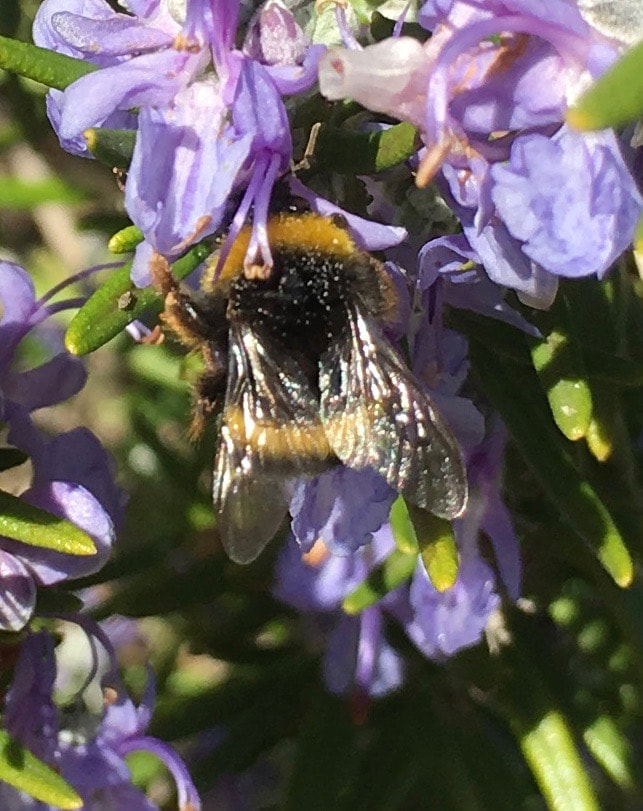
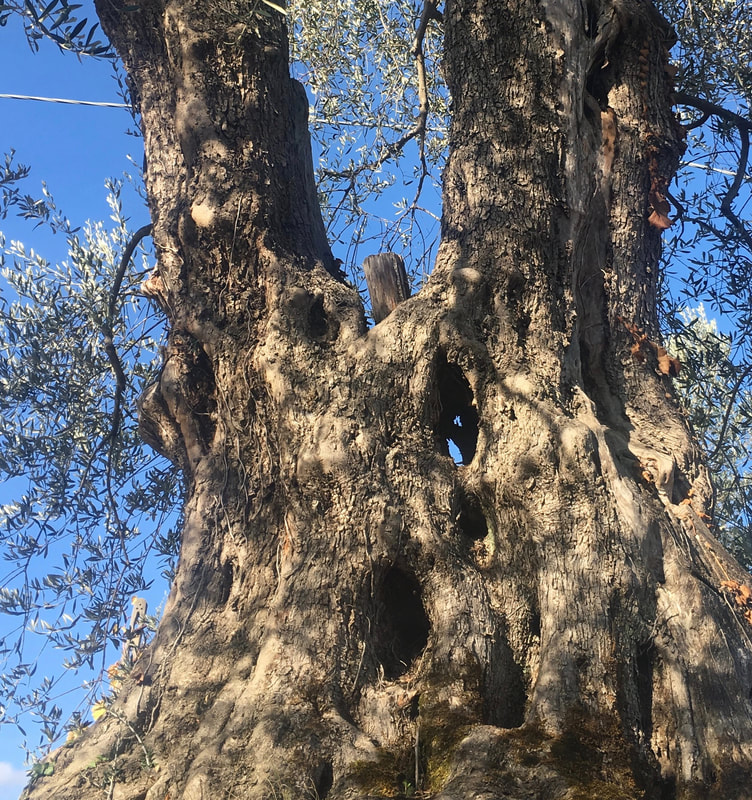
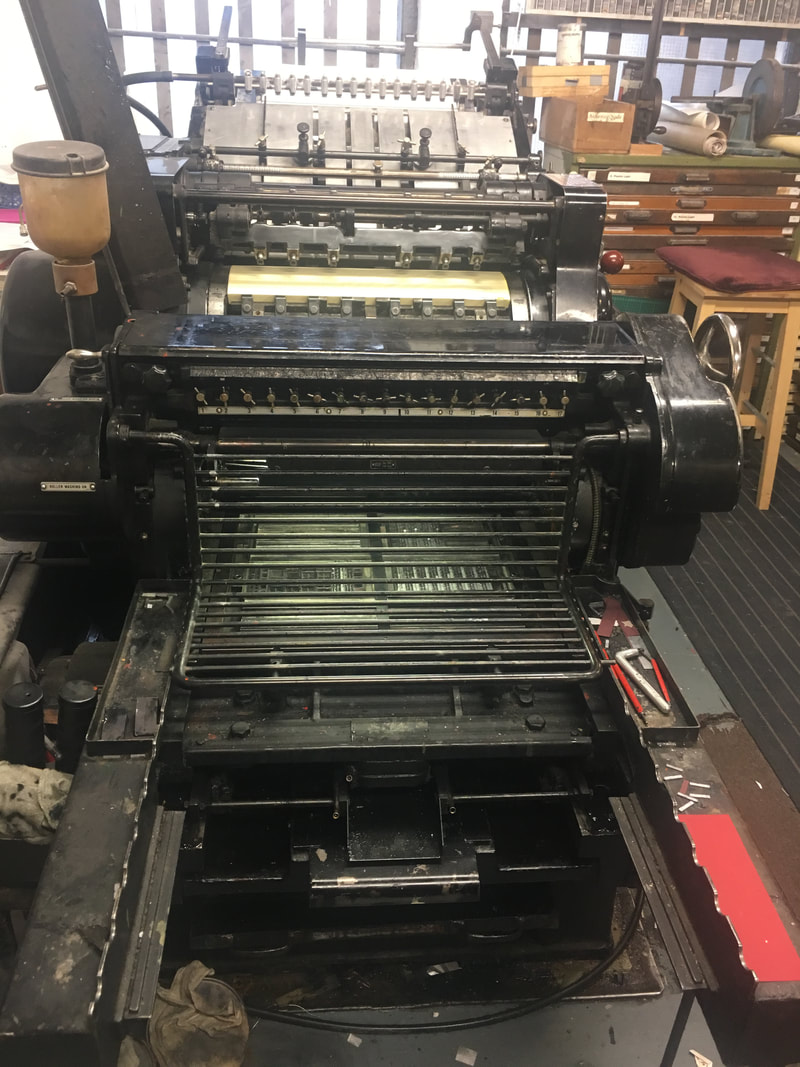
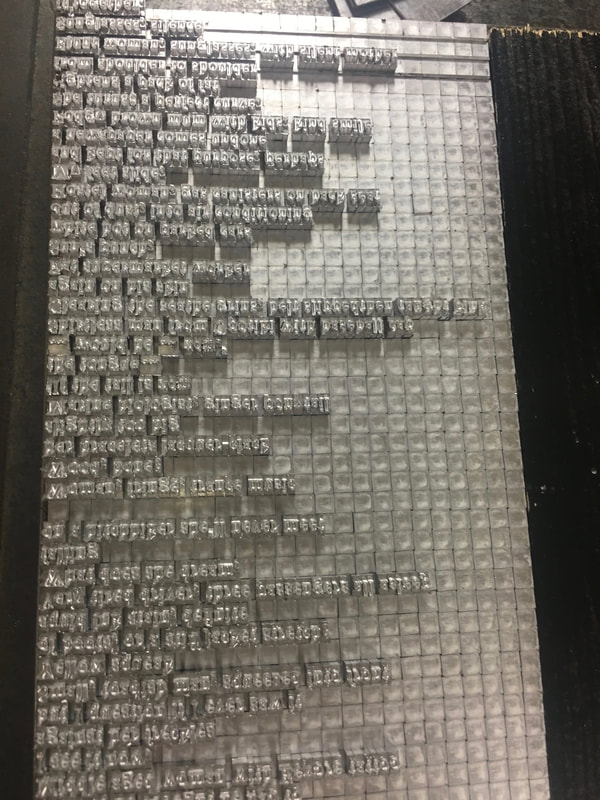
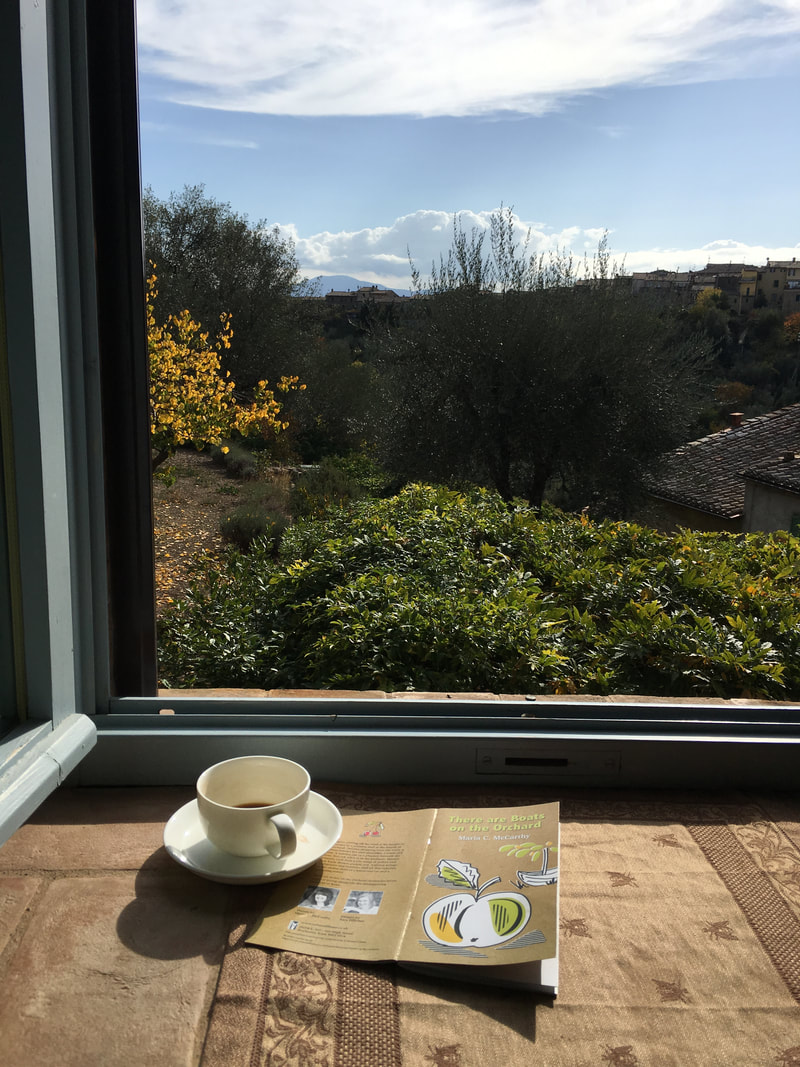
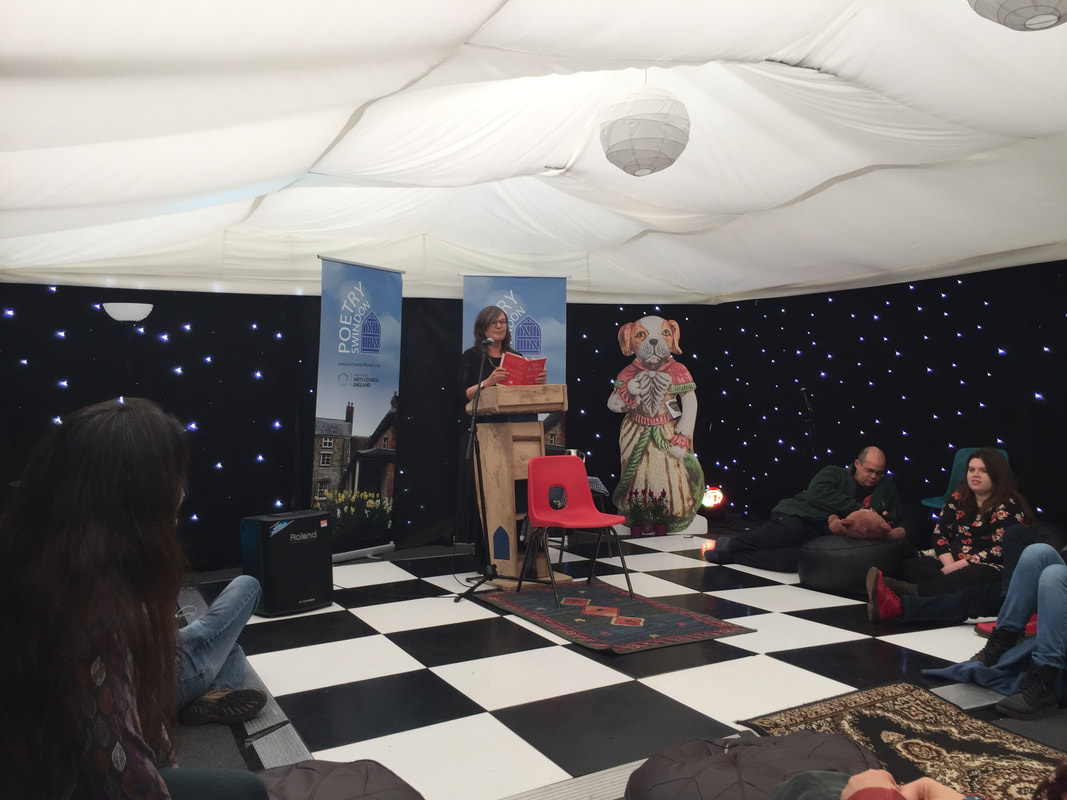
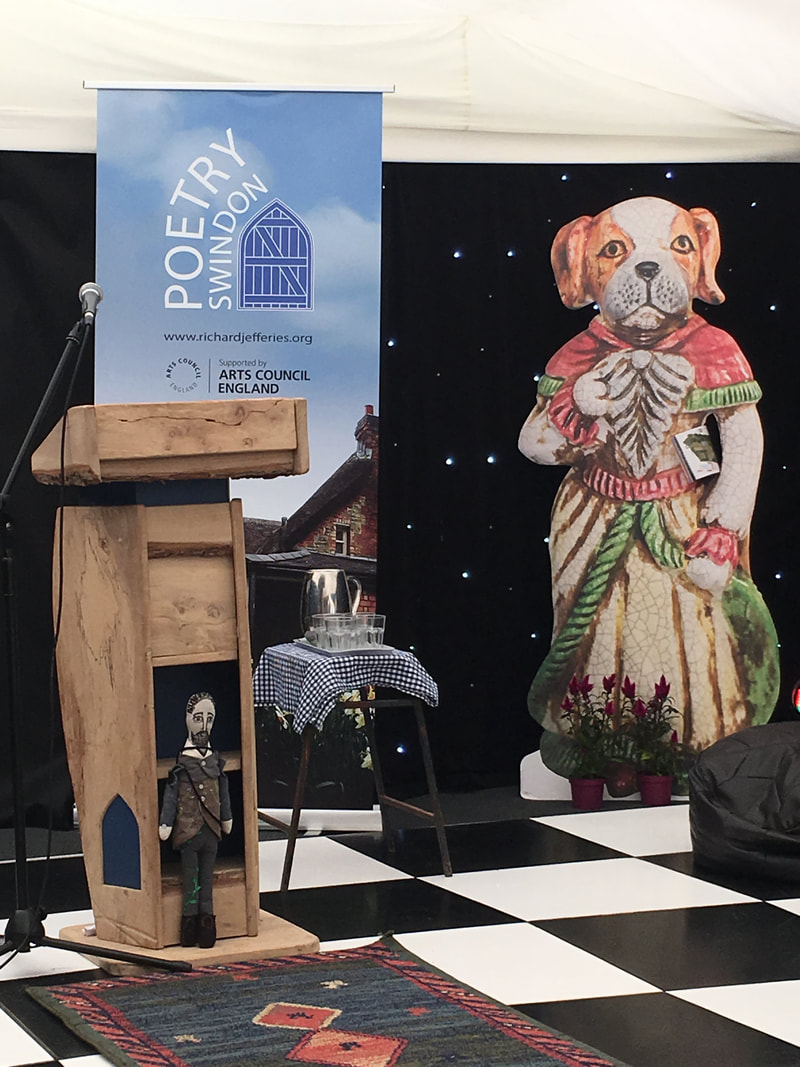
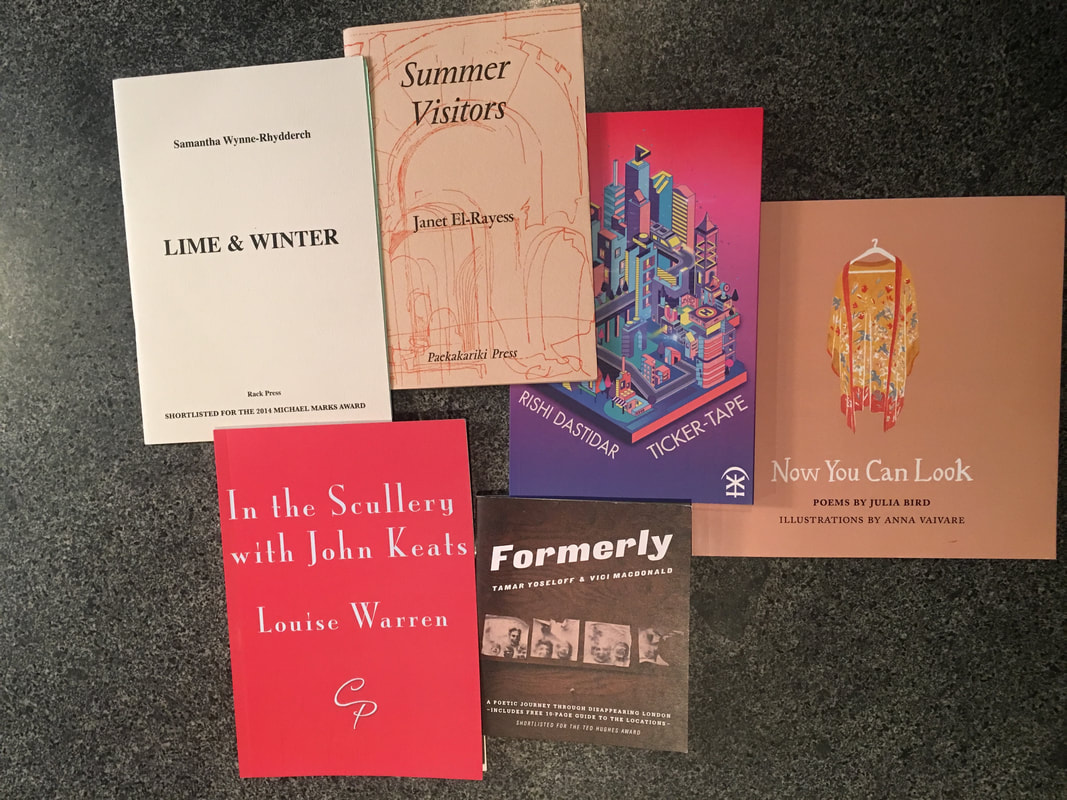
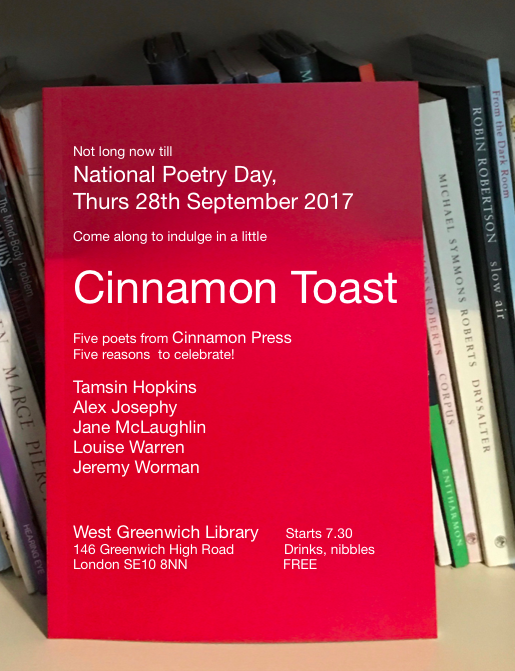
 RSS Feed
RSS Feed